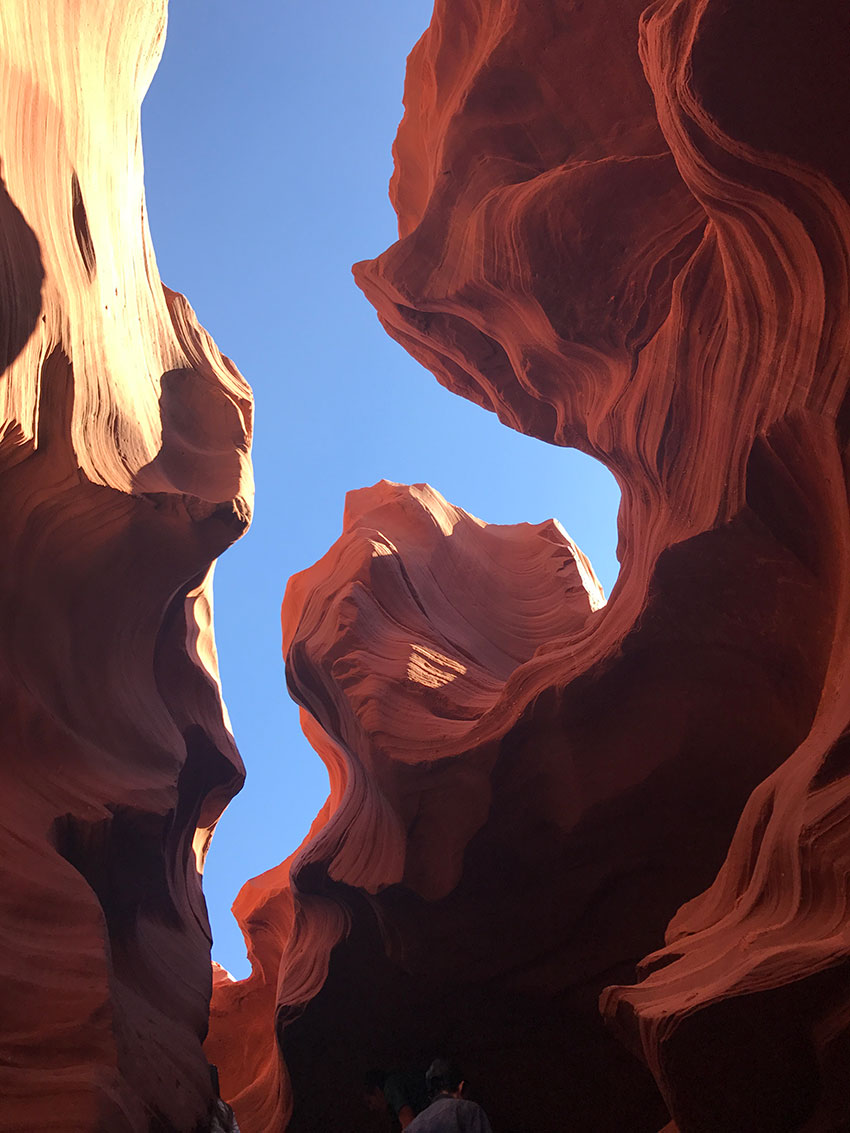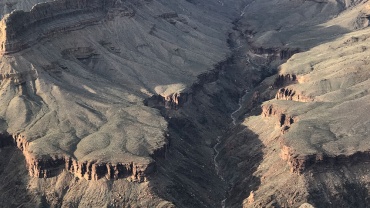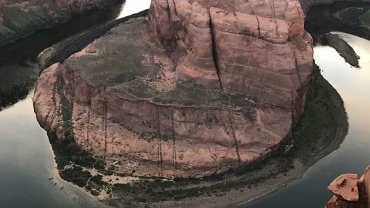Navajo Upper Antelope Canyon is a breathtaking slot canyon located in the American Southwest, near the town of Page in northern Arizona. Here’s a summary of its significance:
- Natural Wonder: this is renowned for its stunning beauty and unique geological formations. Carved over millions of years by flash floods and erosion, the narrow sandstone canyon features smooth, flowing walls, intricate patterns, and shafts of light that illuminate the canyon floor in a mesmerizing display of colors and textures.
- Photographic Destination: this is a popular destination for photographers and nature enthusiasts from around the world. The interplay of light and shadow within the canyon creates otherworldly scenes that are especially captivating during certain times of the day, such as midday when sunlight filters through the narrow openings in the canyon ceiling.
- Navajo Land: Antelope Canyon is located on Navajo Nation land, and access to the canyon is typically restricted to guided tours led by Navajo guides. These tours offer visitors the opportunity to learn about the canyon’s cultural significance and geological history while exploring its narrow passageways and hidden chambers.
- Upper and Lower Canyon: There are two main sections of Antelope Canyon: Upper Antelope Canyon and Lower Antelope Canyon. Upper Antelope Canyon is wider and more accessible, known for its iconic light beams that penetrate the canyon walls during certain times of the year. Lower Antelope Canyon is narrower and requires more physical agility to navigate, but it offers equally stunning views and photographic opportunities.
- Visitor Experience: Visiting Antelope Canyon is a unique and unforgettable experience, but it requires careful planning and preparation. Tours must be booked in advance, and visitors should be aware of the canyon’s limited accessibility and potential for flash floods during the rainy season.
- Conservation Efforts: Due to its popularity and fragile environment, Tsé bighánílíní is subject to conservation efforts aimed at preserving its natural beauty and cultural significance. Visitors are encouraged to respect the canyon’s rules and regulations, including guidelines for photography and environmental protection.
Overall, this place is a natural marvel that captivates visitors with its otherworldly beauty and spiritual allure. It stands as a testament to the power of nature and the cultural heritage of the Navajo people, offering a glimpse into the wonders of the American Southwest.



